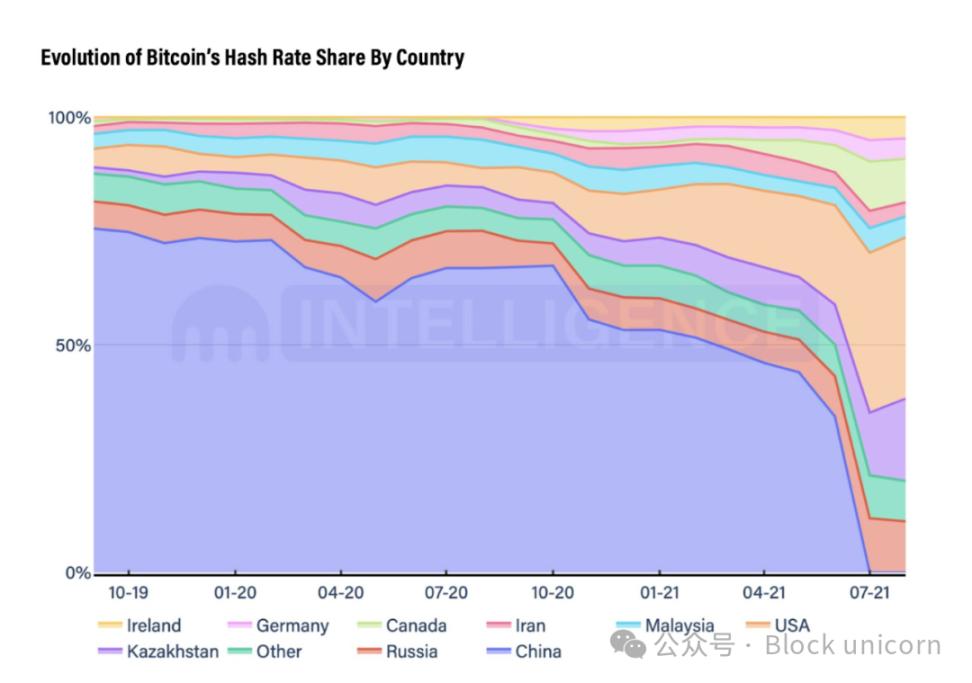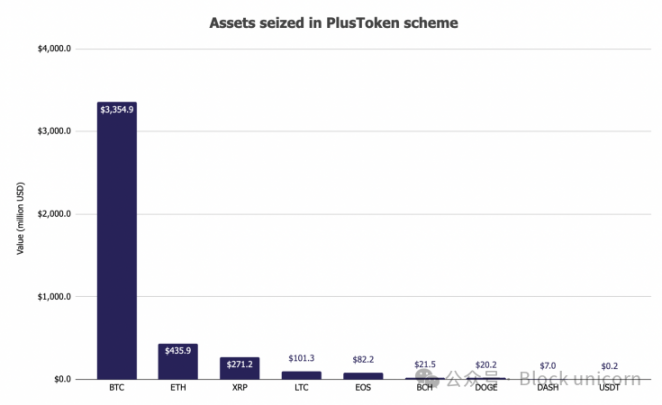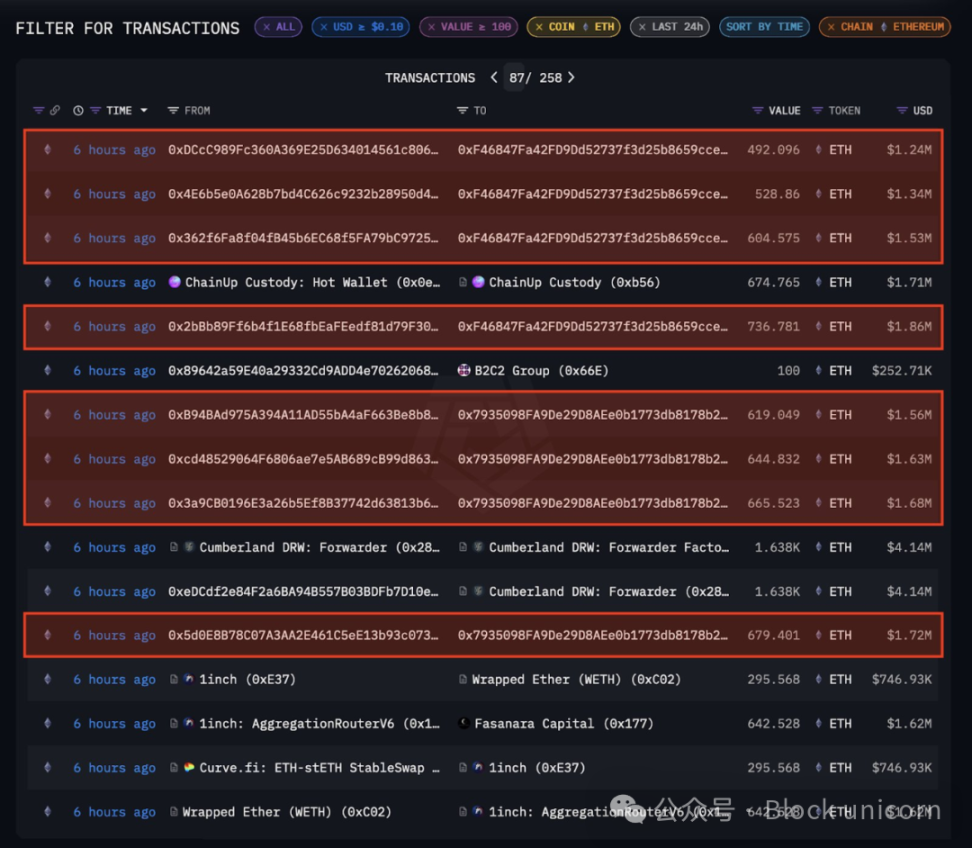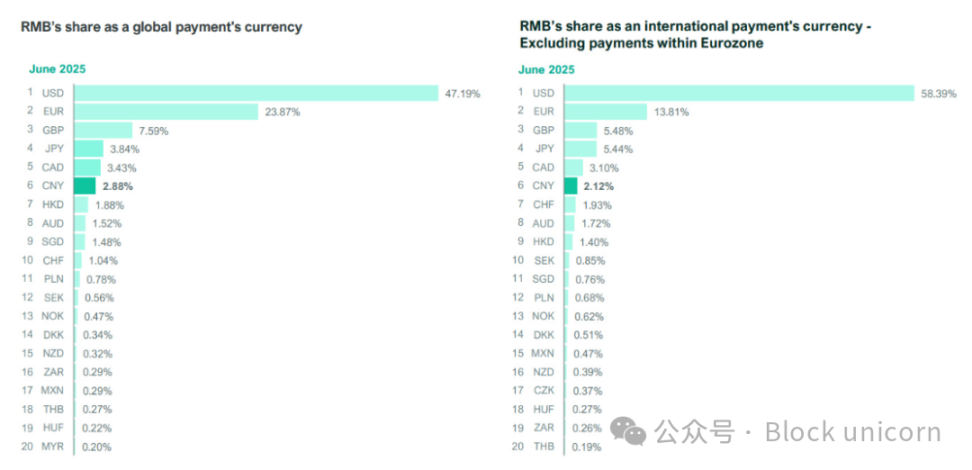Preface
China's cryptocurrency landscape has evolved significantly since the country first ventured into the space over a decade ago. From Bitcoin's early mining dominance to a 2021 regulatory crackdown that culminated in a near-total ban on cryptocurrency trading and mining, mainland China's stance on cryptocurrency has run the gamut from embracing the industry to outright eradicating it.
In 2021, the People's Republic of China (PRC) banned cryptocurrency trading and mining on the mainland. Meanwhile, Hong Kong, a special administrative region with an independent legal system, established a regulated framework for digital assets through the Hong Kong Monetary Authority (HKMA) and the Securities and Futures Commission (SFC). Some analysts believe that Hong Kong's developments could provide a reference for future policies in mainland China.
As of 2025, the government continues to prohibit cryptocurrency trading and mining under mainland Chinese law. However, subtle shifts in regulatory posture and developments in Hong Kong suggest a possible softening of the central government’s stance.
summary
- China once dominated global bitcoin mining and centralized exchanges, but regulatory bans have rapidly eroded its dominance in the industry.
- Most of China’s mining operations and centralized exchanges have moved overseas, but many still hold dominant global positions today.
- After the United States passed the GENIUS Act to strengthen dollar-backed stablecoins, China emphasized the development of the digital yuan to reduce its dependence on the US dollar.
- Analysts describe Hong Kong as a regulatory sandbox within China’s “one country, two systems” structure, with the city’s 2025 Stablecoin Ordinance acting as a bridge between mainland China’s strict controls and global cryptocurrency innovation.
China’s Cryptocurrency Background
China was an early adopter of cryptocurrency, particularly in the field of Bitcoin mining. 2013 marked a turning point for Chinese mining, as Bitcoin began to garner national media attention. This spurred the establishment of numerous companies in the sector, including miners and ASIC mining hardware manufacturers. Notably, Bitmain, currently the largest ASIC mining hardware manufacturer, was founded during this period. Many mining operators in the country also relocated to regions with cheaper electricity to further optimize operations. The rapid early adoption of Bitcoin mining in China led to China's dominance of Bitcoin's hash rate, ultimately reaching a peak share of 60-75% between 2017 and 2020.

China's dominance in Bitcoin mining declined from 2019 to 2021 - Kraken
During these six or seven years, China's cryptocurrency boom also spawned the establishment of several exchanges, including Huobi, OKX (formerly OKCoin), and Binance, which eventually became industry giants. In fact, Binance still maintains its leading position among centralized exchanges, accounting for approximately 35% of spot trading volume and 50% of derivatives trading volume.
Huobi, OKX, and Binance were all founded in mainland China between 2013 and 2017, but relocated overseas after a 2017 regulatory crackdown, continuing to operate as global exchanges. As 2021 progressed, the regulatory environment gradually tightened, first targeting Bitcoin mining operations and subsequently expanding to buying, selling, services, and trading. Despite these strict prohibitions, China's global influence persists, as miners and exchanges relocate their operations to neighboring Kazakhstan and Russia.
Chinese government holdings of cryptocurrency
Despite the ban, the Chinese government likely still holds cryptocurrency. Like many other governments, these assets are believed to be largely derived from criminal forfeiture related to cryptocurrency, particularly the PlusToken Ponzi scheme.
PlusToken is a Ponzi scheme that exploited a nonexistent arbitrage trading platform, promising lucrative daily returns. The scam, which surfaced in April 2018, lured over 2.6 million users, primarily from China and South Korea, within a year. To date, the PlusToken team holds an estimated $2.2 billion in assets, primarily in Bitcoin. Other tokens held by PlusToken include ETH, XRP, LTC, and EOS.

Assets Confiscated in PlusToken Scam - The Block
Following the collapse of the scam and the arrest of its operators, Chinese authorities seized the assets. According to the court ruling, the assets will be "handled in accordance with the law, and the proceeds will be turned over to the state treasury." However, there has been no official confirmation as to whether the Chinese government still holds the assets or has sold them.
On-chain analysts such as CryptoQuant CEO Ki Young Ju believe that Bitcoin may have been sold, transferred through mixers, and sent to multiple exchanges, including Huobi, for liquidation. Furthermore, the movement of over $445 million in ETH from PlusToken-associated addresses in 2024 also suggests some form of redistribution or liquidation is underway.

ETH transfers from PlusToken-associated addresses in 2024 - Arkham
China's cryptocurrency ban
The first blow to China's cryptocurrency industry came in December 2013, when the People's Bank of China issued a notice prohibiting financial institutions from handling Bitcoin, treating it as a commodity rather than a currency.
During the initial coin offering (ICO) craze in 2017, the People’s Bank of China and six other government departments issued a ban on ICOs and token fundraising activities and required all domestic centralized exchanges to cease operations.
In 2021, regulatory measures were further intensified. Building on the initial regulations, in May 2021, financial institutions and payment companies were banned from providing cryptocurrency-related services. In June 2021, major mining centers such as Inner Mongolia, Xinjiang, and Sichuan introduced a crackdown on Bitcoin mining activities, citing the environmental impact of electricity consumption. This crackdown led to an exodus of large Chinese Bitcoin mining companies to neighboring countries such as Kazakhstan and Russia, which now account for a large share of global computing power.

Mainland China bans cryptocurrency trading and mining - Reuters
The most devastating blow came in September 2021, when China’s most authoritative regulators, including the People’s Bank of China, issued a joint statement officially banning all cryptocurrency trading, including crypto-to-fiat and crypto-to-cryptocurrency transactions, regardless of the platform used. This ban, effectively outlawing all cryptocurrency trading, was the harshest to date.
While there are restrictions on transactions and services involving cryptocurrencies, it is not explicitly illegal for individuals to hold cryptocurrencies.
Stablecoins
In 2025, the United States established a comprehensive regulatory framework for stablecoins through the GENIUS Act, signed into law by President Trump in July. This legislation marked a historic step forward in clarifying and overseeing the issuance and use of stablecoins, particularly regarding their issuance and collateral requirements. The GENIUS Act restricts the issuance of stablecoins to insured depository institutions and approved financial institutions, ensuring that all issued stablecoins are backed 1:1 by high-quality liquid assets (such as cash, U.S. Treasury bonds, and other low-risk securities). The act also imposes strict transparency, anti-money laundering (AML), and consumer protection requirements. By establishing predictable standards and fostering trust, the legislation fosters wider adoption of stablecoins, further solidifying the U.S. dollar's dominance in global digital payments and settlements, and strengthening its position as the preferred global reserve currency.

The RMB accounts for 2.88% of global payments - Trade Treasury Payments
Faced with the growing dominance of the US dollar, China has increased its investment in stablecoins to promote the internationalization of the RMB. The RMB currently accounts for only approximately 2.9% of total global payments. China's primary focus remains on promoting its central bank digital currency (CBDC), the digital RMB (e-CNY), aimed at strengthening monetary sovereignty and reducing reliance on the US dollar-based international financial system.
This move marks a departure from China's harsh stance on cryptocurrencies since 2021 and may signal a softening of its hardline anti-cryptocurrency stance. While mainland China maintains a broad ban on cryptocurrency-related activities, Hong Kong has been engaging in controlled innovation under the supervision of its own regulators (the Hong Kong Monetary Authority and the Securities and Futures Commission). Some commentators believe that Hong Kong's evolving regulatory regime can serve as a testing ground for central government policymakers. In August 2025, the Hong Kong Monetary Authority implemented the Stablecoin Ordinance in Hong Kong, establishing a licensing system for stablecoin issuers.
Hongkong
With recent developments in the stablecoin space, Hong Kong has become a leading hub for cryptocurrency innovation in Greater China, underpinned by a comprehensive stablecoin regulatory framework and growing institutional interest.
In August 2025, the Hong Kong Monetary Authority (HKMA) launched a licensing regime for stablecoin issuers under the Stablecoin Ordinance, setting strict requirements for capital adequacy, segregation of reserve assets, and anti-money laundering controls, while allowing licensed banks and fintech firms to issue USD- and asset-backed tokens for retail and wholesale use. This regulatory clarity has attracted prominent advocates, including Eric Trump, who has engaged with Hong Kong lawmakers and industry forums in support of cryptocurrency startups, demonstrating their confidence in Hong Kong's legal certainty and its role as a bridge between East and West.
Observers believe the central government's approach to Hong Kong's burgeoning crypto ecosystem is strategic rather than permissive, effectively using the Special Administrative Region (SAR) as a controlled testing ground for digital asset integration. By allowing Hong Kong to pioneer a stablecoin framework and pilot cross-border settlement projects, the central government can monitor risks and benefits before considering wider adoption on the mainland. Referred to by some analysts as a "sandbox model," it allows Chinese authorities to observe operational resilience, compliance challenges, and market dynamics, potentially informing future policies regarding decentralized cryptocurrencies and the interoperability of the digital yuan, while maintaining its strict cryptocurrency ban on the mainland.
in conclusion
At first glance, mainland China’s relationship with cryptocurrencies in 2021 seems contradictory: it firmly prohibits the use of decentralized cryptocurrencies within its borders, but is willing to carefully observe and learn from Hong Kong’s ongoing experiments with controlled digital assets.
While the central government remains committed to the digital yuan as its primary vehicle for financial innovation and monetary influence, the establishment of a regulated stablecoin ecosystem in Hong Kong demonstrates its recognition of the growing role of cryptocurrencies in global finance. This dual-track approach allows mainland China to maintain strict domestic regulation while still being able to monitor (and in some ways benefit from) international developments, especially as the United States consolidates its dominance through comprehensive stablecoin regulation.
For investors, entrepreneurs, and policymakers, the message is clear: while mainland China remains closed to opening its cryptocurrency market, Hong Kong is emerging as a strategic hub that could shape the future of digital assets in the region. Whether this ultimately leads the central government to further soften its stance will depend on the balance it strikes between state control, economic opportunity, and global competition.







